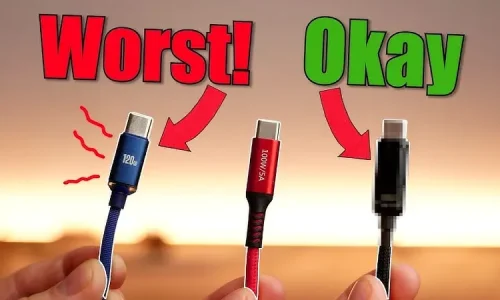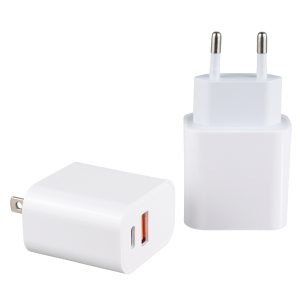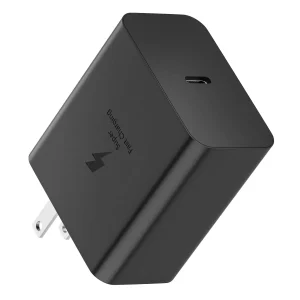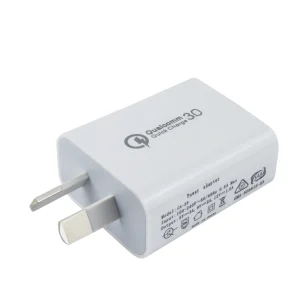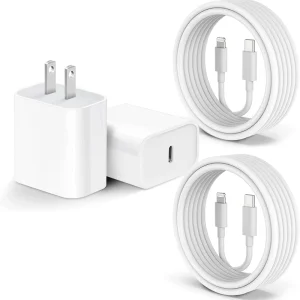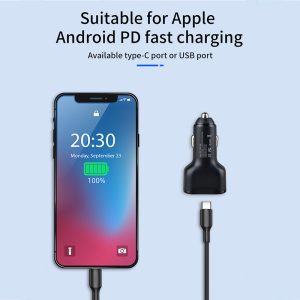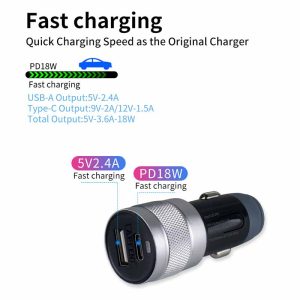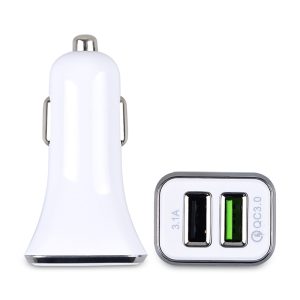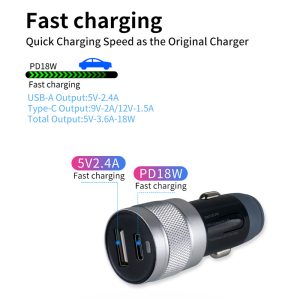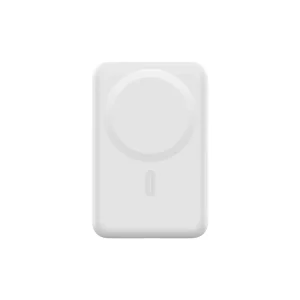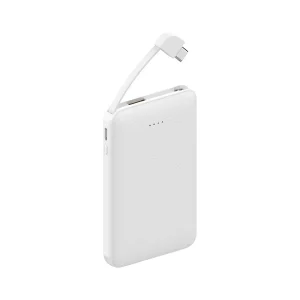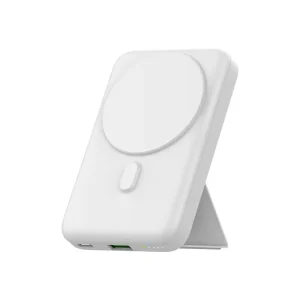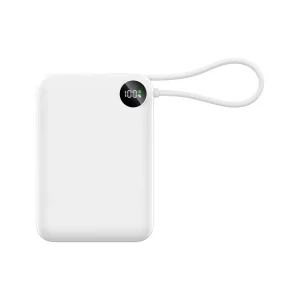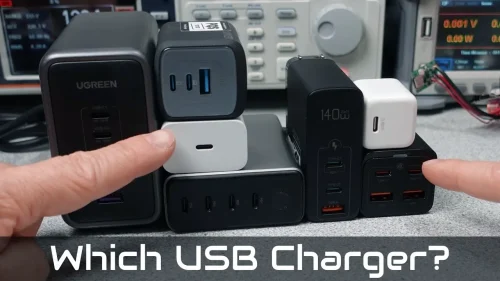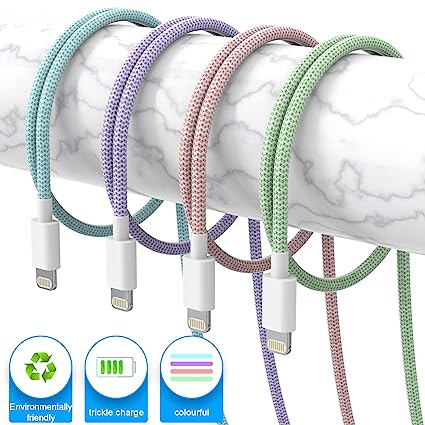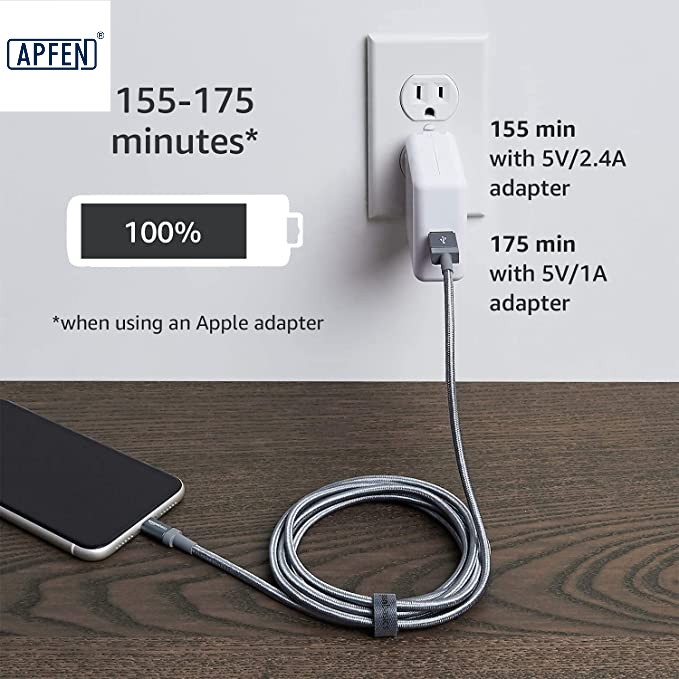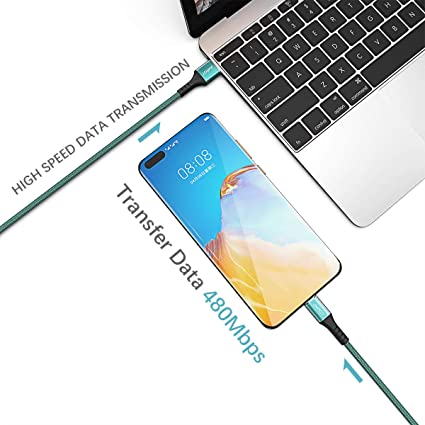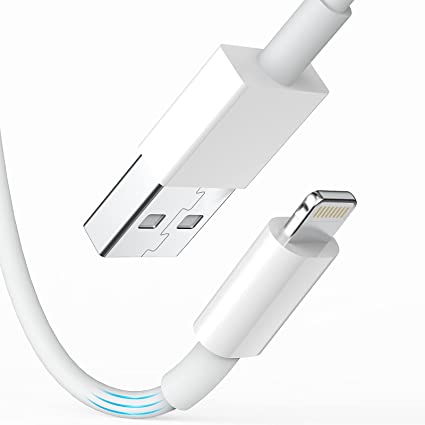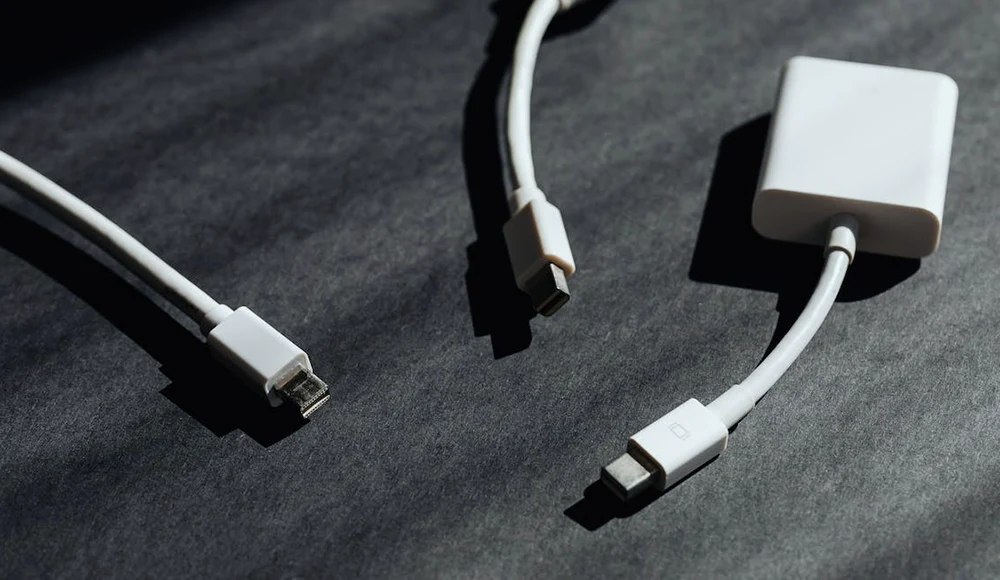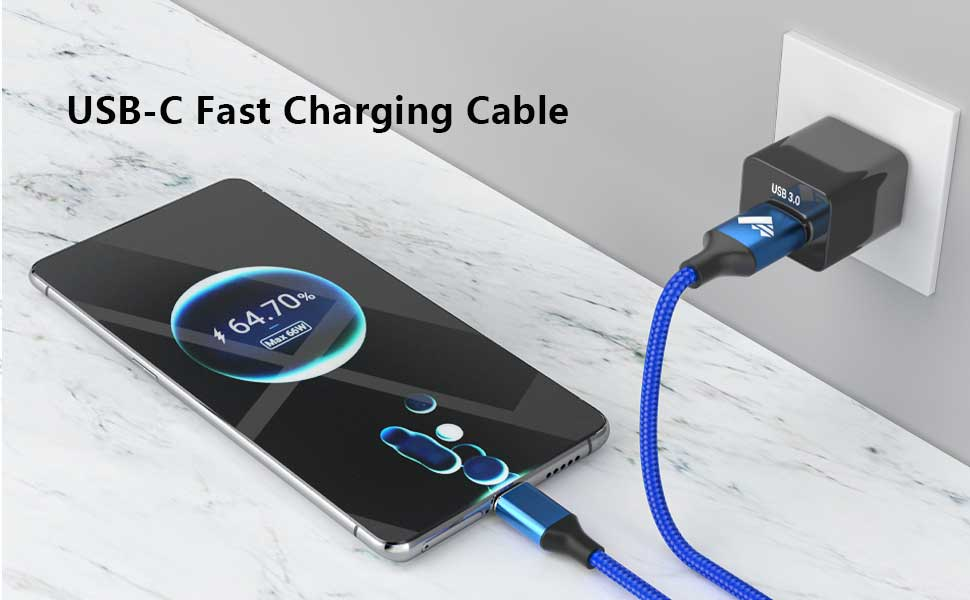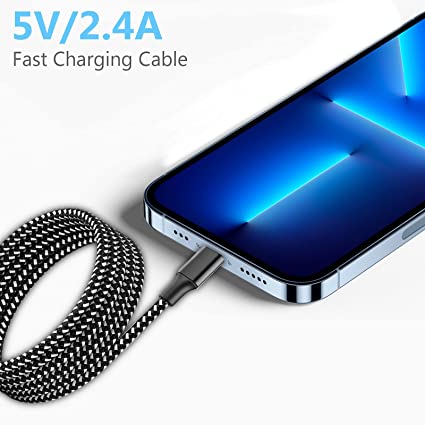How to Identify and Find the Right USB Fast Charger For Your Device
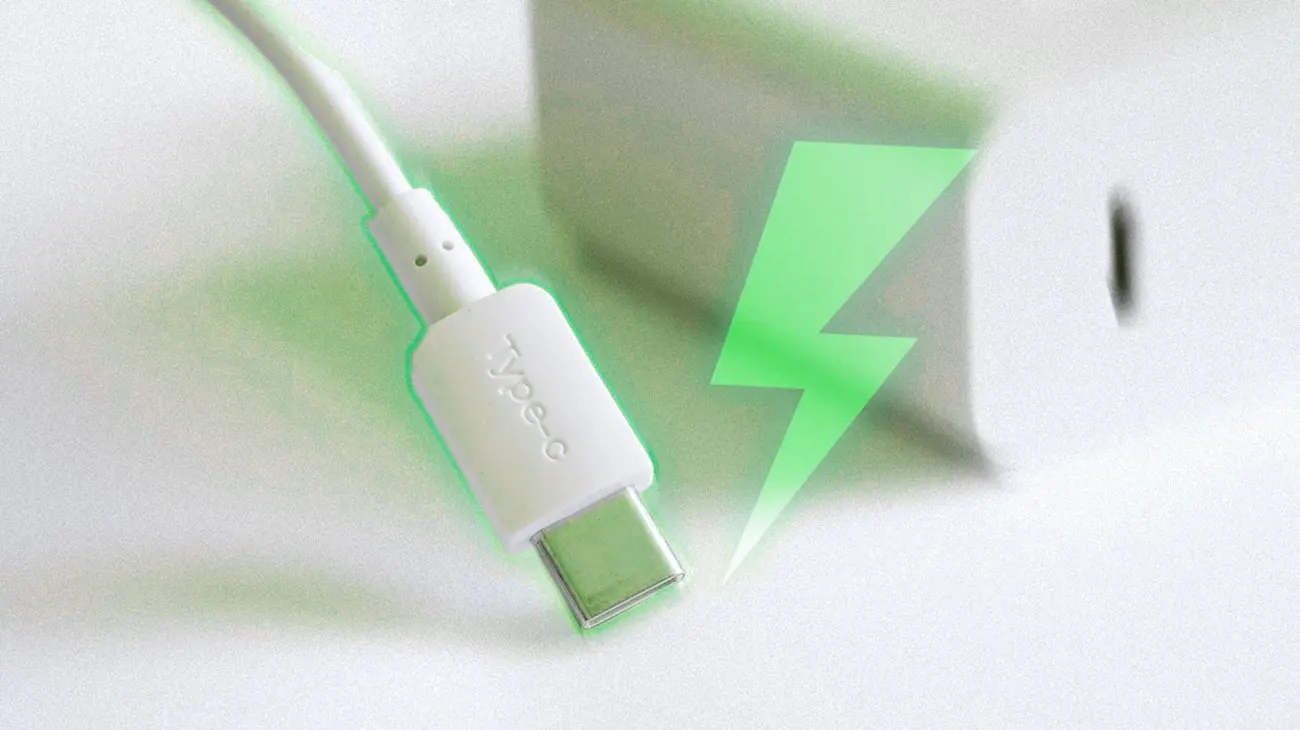
Charging your devices quickly and safely is important. With all the different types of USB chargers out there though, it can be hard to know what works best for each gadget. In this guide, we’ll break down everything you need to look for to pick the perfect fast charger. We all know the struggle of our phones dying halfway through the day. Or tablets taking forever to charge back up. That’s where USB C fast chargers come in. They pump more power into your device so you don’t have to wait around. But not all chargers are created equal.
We’ll explain the different charging standards like Quick Charge and Power Delivery. These determine how fast a charger can charge certain brands. You’ll also learn about amperage and wattage ratings. More power doesn’t always mean better, so I’ll help you understand what’s really important. By the end, you’ll know how to identify the fast chargers worth buying. No more guessing – you’ll be an expert at finding one that tops your tech up quickly and safely every time. Let’s begin;
Why is Choosing the Right USB Charger Important?
Choosing a quality USB charger is an important decision that impacts multiple factors beyond just cost. Investing time to carefully consider attributes like compatibility, safety, performance and convenience helps ensure a charger best suits your needs both now and in the future.
- Compatibility and Safety:
Incompatible chargers may supply incorrect voltages or currents, damaging circuits over time or even acutely. Certifications like USB-IF or UL validate safety measures to prevent overcharging, overheating, fires, and electrical hazards. - Charging Speed:
Output amperage and support for Quick Charge/Power Delivery standards dictate how quickly lithium-ion batteries replenish. Higher wattage accommodates advanced charging protocols for rapid top-ups in minutes versus hours. - Device Longevity:
Charging within a battery’s tolerances avoids uneven cell degradation and lifespan decreases. Appropriately matched chargers shield against premature capacity loss from hundreds of charge cycles. - Safety Concerns:
Cheaper imports risk cutting corners on testing and protections. Independent evaluation like Underwriters Laboratories ensures robust thermal, short-circuit and over-voltage management through rigorous product screening. - Environmental Impact:
Idle/low loads correlate to standby electricity waste. Eco approvals signal more efficient power regulation during charging and when plugged in without an attached device. - Convenience:
Multi-port, high-speed options consolidate cumbersome cable tangles and dedicated chargers for convenient simultaneous replenishing. Adaptability saves money avoiding country-specific variants while traveling internationally.
Selecting the right USB charger ensures optimal performance, safety, and longevity for your devices, while also considering environmental impact and personal convenience. So, make sure to do a little research before purchasing the charger.
What Devices Are Compatible with USB Chargers?
USB chargers are compatible with a wide variety of portable electronic devices these days. One of the most common devices is, of course, smartphones of all kinds from brands like Apple, Samsung, Google and more. Both Android and iOS-powered phones can take advantage of high-speed USB charging as long as the charger supports their voltage and fast charging standard. Tablets also widely use USB charging now, letting you power up iPads and Android tablets much faster than a standard charger. USB even lets you charge many newer laptops and Chromebooks that are moving to USB-C ports. Lots of smart home devices and accessories like portable speakers, smart headphones, fitness trackers and wearables also simply plug into USB to charge up. You can even find USB chargers that can juice up gaming devices like the Nintendo Switch. With the ubiquitous nature of USB-C now, even newer compact cameras and drones are being equipped with the port, allowing convenient single charger use for all devices. Whether you need a charge while on the go or need to juice up multiple items at home, USB chargers provide versatile power for almost any tech gadget released in the last several years.
How Do Voltage, Amperage And Wattage Affect USB Chargers?
When selecting a USB charger, it’s important to understand how voltage, current and power ratings work together. As the amount of charge or power that a device consumes is measured in watts, this is often the figure advertised on chargers. However, amps versus volts provide more useful information for mobile device charging. USB has a constant 5V thus 1.5A is needed for 7.5W and thus a 1000 mA USB charger cannot drive that. When you talk about Watts it’s because you want to know roughly how long the device will take to charge another device or in the case of a battery device how long it will last.
- “Amps,” or amperage, refers to the quantity of electrical charge flowing past a point per second. It’s analogous to water volume through a hose. More amps means a greater flow of charge and faster-charging potential.
- “Volts,” or voltage, represents the pressure behind that flow. Voltage is like water pressure – it must be high enough to effectively deliver amps to the device.
- The relationship between these factors is expressed by the formula: Amps x Volts = Watts. Watts summarises the overall power provided but amps and volts can vary depending on the pairing. A quality fast charger will provide higher amperage at the required voltage levels to maximize charging speed.
For example, a 5V/3A charger delivers 3 amps of current at 5 volts, calculating to 15W of power. This outperforms an older 1A charger despite the same voltage. The higher amperage flows more charge into the device in a given period. However, increasing voltage too much without consideration of amps could overpressure and potentially damage a battery. There must be a balance between the two.
By understanding how amps, volts and watts work together per this formula, users can select USB chargers appropriately matched to their device’s power needs. This ensures both optimal charging speeds and safety.
What Types Of USB Chargers Are There?
Depending on the application scenario, we will use different chargers to charge devices in the actual process of charging with USB cables. Let’s explore the three most commonly used today.
Wall Chargers
-
Fast Charger
AU plug 20W Power Adapter with PD cable fast charging for iPhone 14 13 12 11
Read moreRated 0 out of 5 -
Fast Charger
US plug 20W Power Adapter with PD cable fast charging for iPhone 14 13 12 11
Read moreRated 0 out of 5
USB Wall chargers are the most ubiquitous types of USB chargers, designed to plug directly into an AC electrical outlet and provide a stable power supply for charging electronic devices. They are typically used for charging smartphones, tablets, laptops, and other gadgets, often featuring multiple USB ports for simultaneous charging. USB Wall chargers are known for their reliability and the ability to deliver high power outputs, making them suitable for fast charging applications.
Advantages:
- High Power Output: Wall chargers typically offer higher power output compared to other types, making them ideal for fast-charging devices like smartphones, tablets, and even laptops.
- Multiple Ports: Many wall chargers come with multiple USB ports, allowing you to charge several devices simultaneously.
- Stable Power Supply: Since they are plugged into a wall outlet, they provide a stable and consistent power supply, ensuring efficient and reliable charging.
- Compact and Portable:Modern wall chargers are often compact and easy to carry, making them convenient for travel.
Limitations:
- Reliance on Power Outlets: Wall chargers require access to an electrical outlet, which can be a limitation when you’re on the go or in areas without easy access to power.
- Limited Mobility:While they are portable USB chargers, their use is restricted to locations with available wall sockets.
Car Chargers
Car chargers are specifically engineered for use in vehicles, allowing you to charge your devices while on the move. These chargers plug into the car’s cigarette lighter socket or dedicated USB port chargers, making them ideal for long road trips, daily commutes, and travel. Car chargers are designed to keep devices like smartphones, GPS units, and tablets charged, ensuring they remain functional throughout your journey.
Advantages:
- On-the-Go Charging: Car chargers are perfect for charging devices while driving, making them ideal for commuters and travellers.
- Ease of Use: They simply plug into the car’s cigarette lighter socket, providing a convenient charging solution.
- Dual Ports:Many car chargers come with multiple USB ports, allowing passengers to charge their devices simultaneously.
Limitations:
- Dependence on Car Battery: Car chargers rely on the vehicle’s battery, which can be a drawback if the car battery is low or if the engine is off for extended periods.
- Variable Power Output: The power output can sometimes be inconsistent, especially in older vehicles or with multiple devices charging at once.
Portable Power Banks
-
Power bank
Portable PD fast charging 5000 mAh power bank with built-in Type-C cable Leather grain appearance
Read moreRated 0 out of 5 -
Power bank
Portable MagSafe Magnetic 10000 mAh iPhone Power Bank with Stand
Read moreRated 0 out of 5 -
Power bank
2025 New Digital Screen Power Bank 20000mah 22.5W Fast Charge Power Bank
Read moreRated 0 out of 5
Portable power banks are external battery packs that store electrical energy for later use, providing a convenient way to charge devices without needing access to an electrical outlet. They are especially useful for travel, outdoor activities, and emergencies. Power banks come in various capacities and can charge a wide range of devices, from smartphones and tablets to cameras and other USB-powered gadgets. Their portability and versatility make them a popular choice for people on the go.
Advantages:
- Portability:Power banks are highly portable, allowing you to charge your devices anywhere, anytime, without needing an electrical outlet.
- Versatility: They can charge a wide range of devices, from smartphones and tablets to cameras and other USB-powered gadgets.
- Convenience: Power banks are great for travel, outdoor activities, and emergencies where access to power is limited.
Limitations:
- Limited Capacity: The capacity of a power bank is finite, meaning it needs to be recharged after a few uses. Depending on its size, it may not fully charge larger devices like tablets or laptops.
- Charging Time: Power banks themselves need to be charged, which can take several hours, especially for high-capacity models.
- Bulkiness: High-capacity power banks can be bulky and heavy, making them less convenient to carry around.
Choosing the right type of USB charger depends on your device’s requirements, charging speed needs, and specific use cases such as travel or everyday use. It’s essential to match the charger’s capabilities with your device to ensure safe and efficient charging.
Certifications and Safety Standards.
When selecting USB chargers, it’s essential to consider certifications and safety standards to ensure both quality and safety. These certifications are established by regulatory bodies and industry organisations to guarantee that electronic devices meet specific safety, performance, and environmental criteria.
Importance of Certifications and Safety Standards
Certified chargers undergo rigorous testing to comply with safety standards, significantly reducing the risk of electrical hazards such as short circuits, overheating, and fires. This is particularly crucial for devices that are used frequently and may be left charging unattended. Adherence to these standards ensures that chargers perform consistently and efficiently, delivering the correct voltage and current for optimal charging speeds while protecting your devices from potential damage due to incorrect power delivery.
Furthermore, certifications ensure compatibility with a wide range of devices. For instance, USB Power Delivery (USB-PD) certification guarantees that the charger can safely and effectively charge devices that support USB-PD standards. Environmental certifications, such as RoHS (Restriction of Hazardous Substances), ensure that the charger is manufactured without harmful substances, contributing to environmental sustainability and reducing electronic waste. Products with recognized certifications also provide consumers with confidence in their purchase, knowing the product has met stringent regulatory requirements.
Identifying Certified Chargers
To identify certified chargers, look for certification marks or logos on the product or its packaging. Common certification marks include UL (Underwriters Laboratories) for safety, CE (Conformité Européenne) for European health and environmental compliance, FCC (Federal Communications Commission) for U.S. regulations, RoHS for environmental safety, and USB-IF (USB Implementers Forum) for USB standard compliance.
Carefully examine the packaging and documentation provided with the charger. Reputable manufacturers will include information about certifications in the product packaging, user manual, or on their website. Additionally, many certification bodies maintain online databases where you can verify the certification status of a product using a specific number found on the charger.
Purchasing from well-known brands and trusted retailers increases the likelihood of obtaining certified and safe chargers, as reputable companies are more likely to adhere to safety standards and regulatory requirements. Inspecting the build quality of the charger can also be a helpful indicator; high-quality construction often corresponds with certified products. Look for chargers that feel solid and well-made, with no loose parts or poor-quality materials.
By paying attention to these certifications and safety standards, you can ensure that your USB chargers are not only effective but also safe and reliable, protecting both your devices and yourself from potential hazards.
How To Find The Right USB Power Adapter?
Choosing the right USB power adapter involves considering several key factors to ensure it meets your specific needs and works safely with your devices. Here are some factors that you should consider to help you make an informed decision:
- Number of Ports: First, determine how many devices you need to charge simultaneously. USB power adapters come with varying numbers of ports, ranging from single-port models to those with multiple ports. If you have multiple devices or frequently charge multiple gadgets at once, opt for a charger with multiple ports to accommodate all your needs efficiently.
- Voltage and Current: Check the voltage (V) and current (A) ratings of both the power adapter and your devices. Most USB devices require 5V, but some, especially newer smartphones and tablets, may support higher voltages like 9V or 12V for fast charging. The current rating is also crucial; it determines how quickly a device will charge. Ensure the adapter provides sufficient current for your devices. For example, a smartphone might require 2A, while a tablet could need 2.4A or more. Adapters will often list their maximum combined output, so ensure this total is enough to power all connected devices simultaneously.
- Compatibility with Connected Devices: Verify that the power adapter is compatible with all the devices you plan to charge. This includes checking for specific charging standards like Qualcomm Quick Charge, USB Power Delivery (USB-PD), or other proprietary fast charging technologies. Compatibility ensures that your devices charge at their optimal speed and safely.
- Plug Type and Voltage Compatibility: Consider where you will be using the adapter. Different regions have different plug types and voltages. Ensure the adapter you choose is compatible with the local plug type and voltage of both your current location and any destinations you plan to visit. Some adapters are designed for international use and come with interchangeable plugs or support a wide voltage range (e.g., 100-240V).
- Fast Charging Functionality: If fast charging is important to you, ensure the adapter supports the fast charging protocols compatible with your devices. Look for features like Qualcomm Quick Charge, USB-PD, or other relevant fast charging standards. Fast charging can significantly reduce the time required to charge your devices, which is especially useful for modern smartphones and tablets.
- Safety Features: Ensure the adapter has built-in safety features such as overcharge protection, short circuit protection, over-temperature protection, and voltage regulation. These features protect both the adapter and your devices from potential damage due to electrical issues.
- Brand and Reviews: Opt for reputable brands known for quality and safety. Reading reviews and ratings from other users can provide insights into the performance and reliability of the adapter. Trusted brands are more likely to adhere to strict safety standards and produce durable, efficient products.
By considering the number of ports, voltage and current ratings, device compatibility, local and destination plug types, fast charging functionality, and safety features, you can find the right USB power adapter for your needs. Ensuring these factors align with your requirements will help you select an adapter that is both effective and safe, providing reliable power for all your devices.
Tips for Maintaining and Extending the Lifespan of USB Chargers
Proper maintenance and care can significantly extend the lifespan of your USB chargers, ensuring they remain safe and effective over time. Here are some valuable tips to help you maintain your USB chargers:
- Handle with Care
Avoid dropping or mishandling your USB charger. Physical impacts can damage internal components, leading to malfunction or safety hazards. Always store chargers in a safe place when not in use. - Avoid Overheating
Keep your charger in a cool, well-ventilated area. Excessive heat can degrade the components inside the charger, reducing its lifespan. Avoid placing chargers in direct sunlight or near heat sources like radiators and heaters. - Unplug When Not in Use
Unplug your charger from the outlet when it’s not in use. This helps prevent unnecessary wear and tear, reduces the risk of overheating, and minimises energy consumption. - Use the Right Cable
Always use high-quality, compatible cables with your charger. Inferior or incompatible cables can cause inefficient charging and may damage both the charger and your devices. Ensure the cable supports the required voltage and current. - Avoid Overloading
Do not connect more devices than the charger is designed to handle. Overloading can strain the charger’s components, leading to overheating and potential failure. Check the charger’s specifications to ensure it can support the total power demand of all connected devices. - Inspect Regularly
Regularly inspect your charger and cables for signs of wear and tear, such as fraying, exposed wires, or discolouration. Replace any damaged components immediately to prevent electrical hazards. - Keep Clean and Dry
Keep your charger clean and free from dust and debris. Use a dry cloth to wipe the charger and avoid using it in damp environments. Moisture can cause short circuits and damage the charger’s components. - Avoid Frequent Plugging and Unplugging
Minimise the frequency of plugging and unplugging the charger from the outlet, as this can wear out the connectors over time. If you need to frequently charge multiple devices, consider using a charger with multiple ports. - Store Properly
When not in use, store your charger in a safe, dry place. Avoid wrapping the cable tightly around the charger, as this can cause the cable to degrade over time. Use cable organisers or ties to keep cables neatly coiled without excessive tension. - Use Surge Protectors
Plug your charger into a surge protector to guard against voltage spikes and power surges, which can damage the charger and connected devices. Surge protectors help ensure a stable power supply and prolong the lifespan of your electronics.
By following these tips, you can maintain and extend the lifespan of your USB chargers, ensuring they remain reliable and safe for long-term use. Proper care not only protects your investment but also ensures that your devices are charged efficiently and safely.
Why Choose an APPHONE for Mass Customization?
Welcome to APPHONE, your trusted partner factory for innovative charging solutions. We specialise in providing diversified, high-efficiency, and safe customised Fast Charger product manufacturing. Whether you are in the US, Europe, UK, Australia, or Korea, our Fast Charger products can meet your needs. We offer a variety of plug specifications, including USB C PD wall chargers with up to 100W power, QC 3.0 USB A car chargers with up to 45W power, and multi-port 65Gan charger adapters for a lightweight and efficient charging experience.
Our products hold numerous authoritative certifications, including UL, CE, FCC, and RoHS, ensuring that you receive high-quality and high-safety products. At APPHONE, we combine innovation and customization to provide superior charging solutions. Whether you’re at home, in the office, or in your car, our Fast Charger products offer fast and stable charging for your devices. Our global compatibility ensures our chargers work with various plug types and voltage standards worldwide. We offer mass customization options to cater to your specific requirements, providing a future-grade smart charging experience. Contact us today to learn more about our multi-interface Fast Charger products and customization options, and let us help you achieve a smart charging experience for your devices.
Are USB C chargers faster?
In general, yes. USB C chargers can support higher wattage outputs than standard USB chargers, allowing devices to charge much quicker thanks to support for fast charging technologies.
Are all USB C chargers the same?
No, USB C chargers can vary in their wattage/amperage output. High-quality ones will charge devices faster, but compatibility depends on what your device supports.
Are all USB chargers compatible?
No, compatibility depends on the charger’s output and the device’s input requirements. However, most standard USB chargers can charge a variety of devices at slower speeds.
Are all USB C chargers the same voltage?
Most output 5V, but some support higher voltages like 9V or 12V depending on device/cable specs to enable even faster charging. Always check charger/device guidelines.
Are all USB chargers 5 volts?
Yes, the USB specification of 5 volts is universal for standard chargers and most devices. However, some fast charging technologies use higher voltages while maintaining compatibility.
How do I know if my USB cable supports fast charging?
A way to identify a fast-charging cable is to check the voltage and power output. A USB cable with a power output of 12V, 9V, 5V, or 2,000mA is an excellent sign of a faster charger. Most phones and other devices can handle 5V or 2.4A; thus, a cable with the above output can support fast charging.
Is 5V 2.4 A fast charging?
The majority of fast charging standards typically change the voltage rather than boost the amperage to increase the amount of potential energy. Standard USB 3.0 ports output at a level of 5V/1A for smaller devices like wearables. Most phones and other devices are capable of handling at least 5V/2.4A.
How do I know if my charger is 5v?
Every manufacturer includes DC output on the label. Look for the “brick” part of the adapter for the word OUTPUT. Here, you’ll see the volts followed by the direct current symbol and then the current.
Share This Artcle:

Fast delivery
Fastest delivery within 22 days

Quick proofing
Fastest 3-day proofing cycle

After-sale protection
24-month long warranty

1V1Customer Service
Professional customer service follow-up

